Korg OPSIX is a 6-operator FM Synthesizer of the next generation that breaks new ground in FM synthesis by making it more accessible, playable and powerful. Here is my first look & a big sound demo.
FM synthesis is complex. Many musicians have avoided this synthesis form as it is a true challenge to get useable sounds out of it. Unlike analog, the musician has to understand the complete concept very well. That means you have to invest a lot of time in the synthesis. This is tricky for musicians. You want to compose new tracks and not learn complicated synth maths.
Musicians who have dealt with FM in the past have given up on the subject in frustration. There are exceptions. Mainly due to the available hardware and software FM synths, which never made FM synthesis appealing, programmable and playable. Rather cryptic, complicated, yes designed for Synthesizer Freaks. Korg has today presented the OPSIX, a new FM Synthesizer with 6 operators, so classic DX that finally makes FM synthesis more accessible. It also takes it to a new level.
Korg OPSIX
Korg does its own thing, that’s what we love about the company. Also in FM synthesis. OPSIX looks like another strongly Yamaha DX-inspired FM Synthesizer (especially the NAMM 2020 mockup). At first glance, yes, in reality, it leaves the classic from the 80s and all of its successors far behind. They describe it as an altered FM Synthesizer, for many good reasons.
The FM synthesis modernization process starts at the interface. This is much more thought out and more intuitive than the classic. Instead of getting lost in endless menus, Korg relies on a combination of hardware haptics and excellent visualizations. The central point of the interface is the operator mixer equipped with one knob and one slider per operator. These have color-coded LEDs that let you quickly and clearly see the relationship between operators, whose roles change with each algorithm.
This lets you make instant changes to the pitch and volume for carriers, and to the brightness of the sound or the strength of the harmonics for the modulators. You can see the operator mixer as the entry point into the Korg altered FM synthesis. Much more pleasing, clearer, and more intuitive in my opinion. With a press on the home/algo button, you FM adventure starts.
Beyond FM
Korg wouldn’t be Korg if they didn’t give the classic FM synthesis concept a fresh touch in the core. It’s more than just an improvement on the FM synthesis we know. It is a further development, one that shows what is possible in 2020. This already starts in the algorithms, the combinations of different operator roles and connections. In the OPSIX, as with every other classic FM synth, there are also ready-made algorithms. 40 in total, 8 more than in the vintage devices. That’s not all.
Korg opens this up and gives users the opportunity to design user algorithms in OPSIX. A bit like the multi-engine with the user oscillators/effects, now with algorithms. No software is required for this, all connections are made in the interface. This allows for far more sounds and different timbres. And that’s still not all.
OPSIX introduces operator modes that generate sounds that are completely outside what a traditional FM sound generator can make. The operator modes let you create sounds using modulation other than FM. That’s innovative! Available are FM, ring mod, filter, filter, filter FM, and wavefolder that can be selected for each operator independently. The wildest combinations are possible. Each mode has a number of good sound-shaping parameters like FM feedback, depth… Of course, each OP has an independent envelope and pitch control. So don’t be surprised if the OPSIX doesn’t sound like an FM Synthesizer in every patch but rather like a virtual analog or west coast.
Yes, also like a Buchla-like polysynth. Korg doesn’t limit this to classic sine waves. The developers give the OPSIX 23 different waveforms, from simple to complex, which make the engine even more versatile and complex.
Filters In FM
You read that right! Korg goes one step further. At the end of the operator signal chain, you can also switch on one of 11 different analog-style filters. So an idea of subtractive synthesis in FM. It offers authentic emulations of the characterful MS-20 lowpass/high pass filters, to the powerful yet soft Polysix lowpass as well as many others. Even if it goes against the tradition of FM, filters in FM are a lot of fun and enable many new sounds.
Modulations & Effects
The modulation section is less innovative but houses a solid number of modulators. The MOD section works separately from the operators, with three EGs and three LFOs. You can operate all this from a 12 slot virtual patch matrix that makes a wide variety of routing possible. Use these features for a huge range of modulation to create swelling or add rapid motion to your sounds. Velocity and aftertouch also belong to the modulators, even if the keybed cannot do aftertouch, a bit of shame.
In the end, there are three effect slots available, each of which can be loaded with one of 30 effects. From including classic effects like a compressor, EQ, chorus, flanger, phaser, and stereo delay, to distinctive effects like rotary speakers, grain shifters, and more. You can also find a shimmering reverb inside the list perfect for your next ambient sessions. Do they all sound great after the first test, especially the reverbs.
A clever randomizer button on the right-hand side takes over the sound design job if you don’t feel like entering the FM world of OPSIX.
Put Your Sounds In Motion With The Sequencer
The 16-step polyphonic step sequencer known from other Korg synthesizers should not be missing. You can record up to six notes per step, and edit the velocity, gate, and playback timing for each notes. This lets you create long phrases or make subtle shifts in timing to emulate strums or drum rolls, something that’s not possible on a typical 16-step sequencer.
The popular motion sequencer is also making its comeback in this new synth. It lets you record changes of up to six parameters, creating smooth motion changes in sound within a phrase, or building rhythms that change dramatically with each step. With a lot of sensitivity for sound design, patches don’t sound like a Synthesizer but like a drum machine/groove box.
More Features
- connections: headphone (6.3 mm stereo phone jack), OUTPUT L/MONO and R (impedance-balanced 6.3 mm TRS phone jacks), DAMPER (6.3 mm phone jack, half-damper not supported), MIDI IN and OUT connectors, USB B port
- programs: 500 (250 preset programs and 250 user programs)
- favorite programs: 64 (16 slots x 4 banks)
- keyboard: 37-note keyboard with velocity but no aftertouch. However, the engine supports aftertouch.
Korg (Germany) provided me with a loaner shortly before the release, giving me the opportunity to take a closer look at the OPSIX. From this short time (2 days) this great sound demo was created.
At first glance, I have to congratulate Korg for taking this step. FM synthesis is not an easy area but they mastered to take the concept to a new level by making it more versatile, more intuitive, and playable. The engine is very complex, that’s safe and invites you to many sound adventures. I am excited for the next few days to deal with the OPSIX in more detail. If you have any questions, just leave them in the video or here in the comments.
Korg OPSIX will be available soon for 799€ worldwide.
More information here: Korg
Available for pre-order at our partner

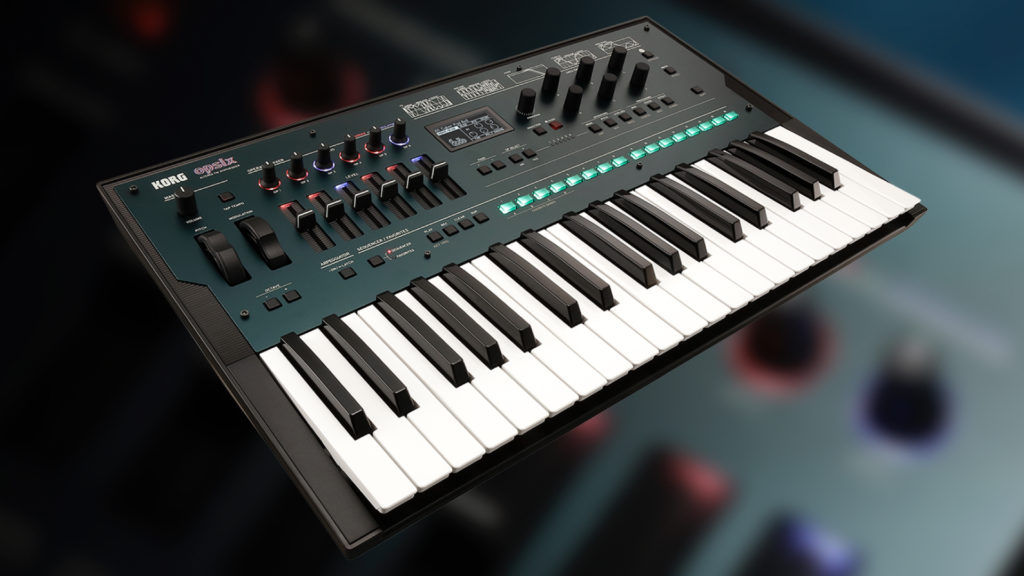
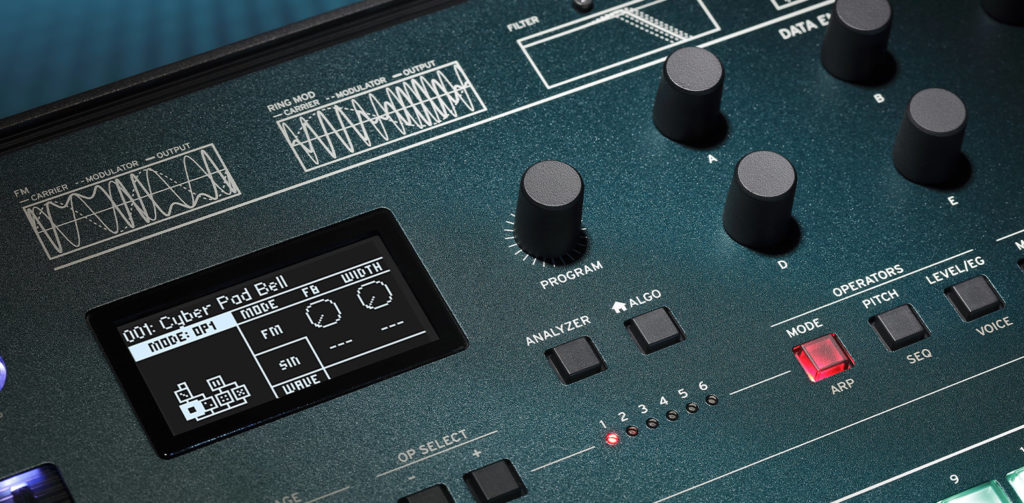
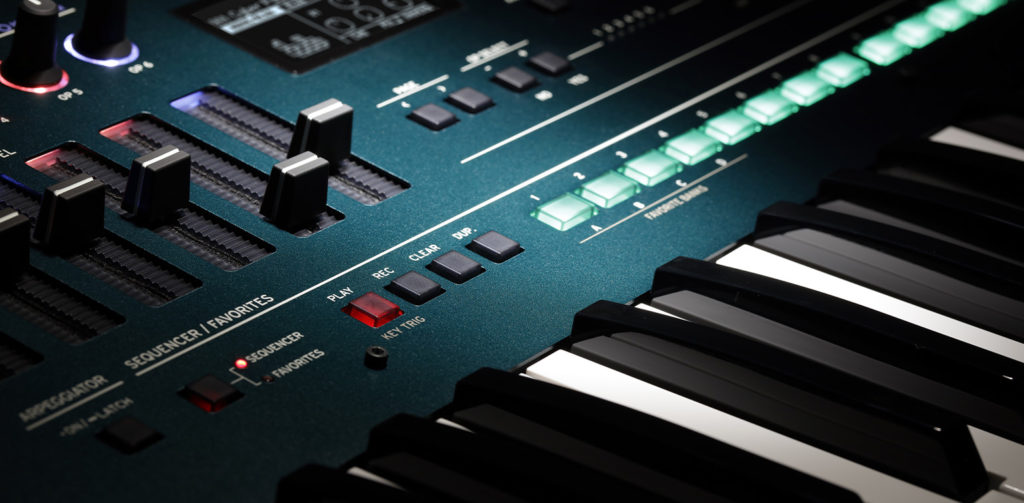
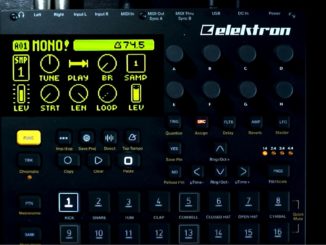

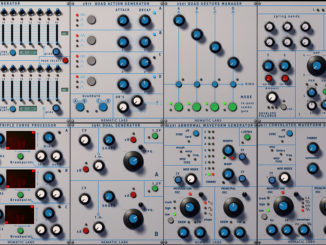
Be the first to comment